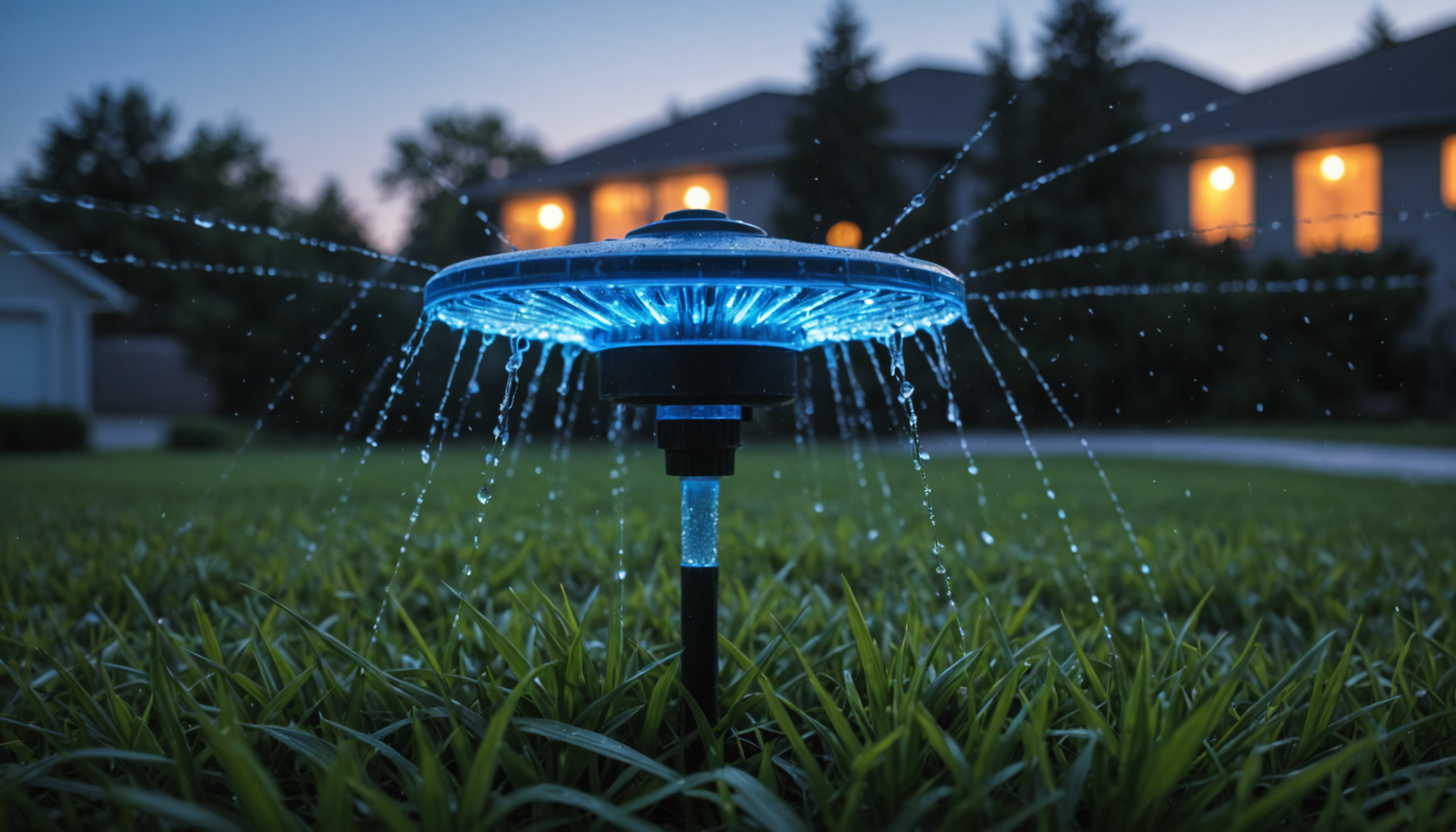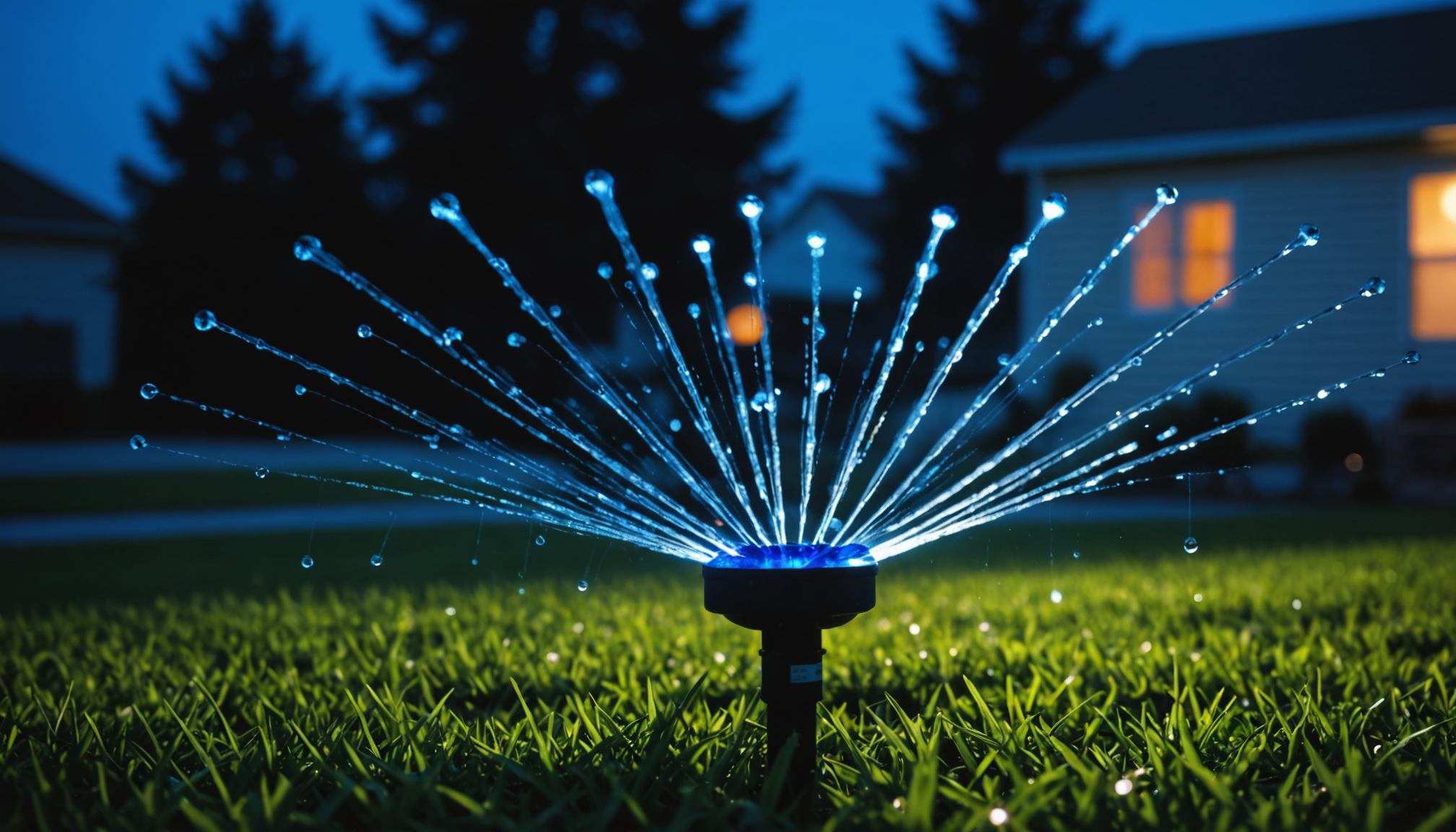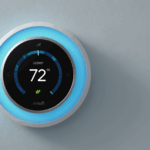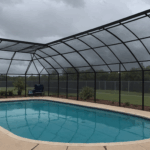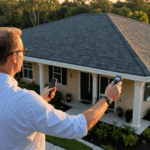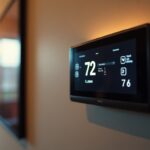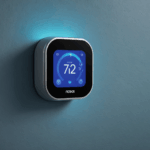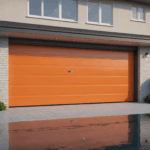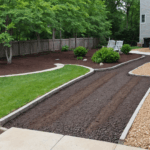In Orlando, residential and commercial property owners must adhere to specific watering restrictions established by the St. Johns River Water Management District. According to current regulations, homes with odd-numbered addresses can water on Wednesdays and Saturdays, while even-numbered addresses and locations with no addresses are permitted to water on Thursdays and Sundays. These restrictions apply year-round and are enforced with potential fines for violations.
The designated watering hours are strictly regulated. During Daylight Saving Time (second Sunday in March until the first Sunday in November), irrigation is only allowed before 10 a.m. or after 4 p.m. During Eastern Standard Time (remainder of the year), watering is permitted only before 10 a.m. or after 4 p.m. These time restrictions help minimize water loss through evaporation and maximize irrigation efficiency.
Recent data from the South Florida Water Management District shows that proper irrigation scheduling can reduce water consumption by up to 30%. However, there are several exceptions to Orlando’s watering restrictions that residents should be aware of:
- New landscaping can be watered daily for the first 30 days and every other day for the following 30 days
- Hand watering with a hose fitted with an automatic shut-off nozzle is allowed at any time
- Micro-irrigation systems can operate at any time
- Properties using reclaimed water are exempt from these restrictions
The City of Orlando’s Environmental Protection Division reports that landscape irrigation accounts for up to 50% of residential water use. To enforce these regulations, the city employs water conservation specialists who actively monitor neighborhoods and respond to violation reports. First-time offenders typically receive a warning, while subsequent violations can result in fines ranging from $50 to $1,000.
For properties larger than two acres, the city recommends implementing smart irrigation controllers that automatically adjust watering schedules based on weather conditions and soil moisture levels. These systems have demonstrated water savings of 20-40% compared to traditional timer-based controllers while maintaining healthy landscapes.
Understanding smart irrigation controllers
Modern smart irrigation controllers represent a significant advancement in landscape water management, offering Orlando homeowners precise control over their watering schedules while ensuring compliance with local restrictions. These sophisticated devices use real-time weather data, soil moisture readings, and evapotranspiration rates to automatically adjust watering cycles, eliminating the guesswork from irrigation timing and duration.
Most smart controllers connect to local weather stations via Wi-Fi, enabling them to postpone watering cycles during rainy periods automatically. Studies by the University of Florida show that properties equipped with smart irrigation controllers reduce their water consumption by up to 40% compared to traditional timer-based systems. These devices can be programmed to follow Orlando’s specific watering restrictions, ensuring automatic compliance with designated days and times.
The latest models feature user-friendly smartphone apps that allow homeowners to monitor and adjust their irrigation systems remotely. Many include features such as zone-specific programming, flow monitoring to detect leaks, and detailed water usage reports. Some advanced controllers even incorporate soil moisture sensors that measure the actual water needs of different landscape areas, preventing both under and over-watering.
For properties with varied landscapes, smart controllers can manage multiple zones independently, delivering precise amounts of water based on plant types, soil conditions, and sun exposure. This targeted approach not only conserves water but also promotes healthier plant growth and reduces the risk of disease caused by excessive moisture.
- Smart controllers can reduce outdoor water usage by 30-50% while maintaining landscape health
- Most systems offer freeze protection by automatically shutting off irrigation when temperatures approach freezing
- Advanced models can detect pipe breaks and automatically shut off the system to prevent water waste
- EPA WaterSense certified controllers must demonstrate at least 20% water savings compared to traditional timers
Setting up your irrigation zones
When establishing irrigation zones, many property owners make several common mistakes that can lead to inefficient water use and poor landscape health. One frequent error is creating zones that mix different types of plants with varying water needs, such as combining shallow-rooted flowers with deep-rooted trees. This results in either overwatering or underwatering certain plants within the same zone.
Another critical mistake is incorrect sprinkler head placement. Many homeowners position heads too far apart or too close together, creating dry spots or excessive overlap. The ideal spacing should provide head-to-head coverage, meaning each sprinkler’s spray should reach the adjacent sprinkler head. In Orlando’s sandy soils, proper spacing becomes even more crucial for effective water distribution.
Failing to account for sun exposure and slope variations often leads to water waste. South-facing areas typically need more water than north-facing zones, while sloped areas require special consideration to prevent runoff. Smart controllers can help manage these variations, but only if zones are properly configured initially.
Common setup errors include:
- Mixing spray heads with rotors in the same zone, resulting in uneven water distribution
- Failing to separate turf areas from bedding areas
- Not accounting for different soil types within the property
- Overlooking pressure variations across the irrigation system
- Installing too many sprinkler heads on a single zone, reducing overall efficiency
To avoid these issues, measure your property’s water pressure before designing zones, and never exceed 80% of the available flow rate per zone. Group plants with similar water requirements together, and use appropriate sprinkler heads for each area type. Consider installing pressure-regulating heads to ensure consistent coverage, particularly in areas with varying elevation.
For optimal results, maintain a separate zone for areas adjacent to buildings or concrete surfaces, as these locations often experience higher temperatures and increased water evaporation. Additionally, ensure that spray patterns don’t directly hit buildings, sidewalks, or driveways, which not only wastes water but can also violate Orlando’s watering restrictions.
Maintenance tips for optimal performance
Regular maintenance of your irrigation system is crucial for maintaining its efficiency and complying with Orlando’s watering restrictions. A well-maintained system can save up to 25% on water consumption while keeping your landscape healthy and vibrant.
Start by conducting monthly inspections of all sprinkler heads and nozzles. Look for signs of clogging, misalignment, or damage. Clean or replace broken components immediately, as even a single malfunctioning sprinkler head can waste hundreds of gallons of water annually. Pay special attention to heads that may have been damaged by lawn mowers or other landscaping equipment.
Check your smart controller’s settings regularly to ensure they remain properly programmed. While these devices are automated, they still require occasional verification, especially after power outages or system updates. Inspect all sensors, including rain and soil moisture sensors, to confirm they’re functioning correctly and providing accurate data to your controller.
Essential maintenance tasks include:
- Testing system pressure and adjusting as needed
- Cleaning or replacing clogged filters and screens
- Checking valve operation and repairing any leaks
- Verifying proper rotation and spray patterns of all heads
- Inspecting wiring connections for corrosion or damage
During growing seasons, monitor your lawn’s response to the irrigation schedule. Signs of overwatering include mushroom growth, while brown patches might indicate underwatering or poor coverage. Adjust your smart controller’s settings accordingly, while still adhering to Orlando’s designated watering times.
For optimal performance, flush your irrigation system every three months to remove sediment buildup. This simple maintenance task can prevent clogs and ensure even water distribution. Additionally, calibrate your rain sensor annually to maintain its accuracy in detecting rainfall and preventing unnecessary watering cycles.
Remember that proper maintenance extends the life of your irrigation components and helps maintain consistent coverage. A well-maintained system not only conserves water but also promotes stronger root development and healthier plant growth throughout your landscape.
By following these maintenance practices, you’ll maximize the efficiency of your irrigation system while ensuring compliance with local regulations. Your efforts will contribute to water conservation while maintaining a beautiful, sustainable landscape that enhances your property’s value.
Seasonal adjustments and water conservation
- How do I adjust my irrigation schedule when seasons change in Orlando?
- During seasonal transitions, adjust your smart controller’s settings to account for changes in temperature and rainfall patterns. In Orlando, water requirements typically decrease by 30% during winter months, while summer may require more frequent watering within the permitted schedule.
- What should I do with my irrigation system during Florida’s rainy season?
- During the rainy season (June through September), reduce your irrigation frequency and rely more on natural rainfall. Modern smart controllers with rain sensors will automatically skip scheduled watering cycles when sufficient rainfall occurs, helping you conserve water and comply with local restrictions.
- Can I water more during drought conditions despite the restrictions?
- Orlando’s watering restrictions remain in effect even during drought conditions, unless otherwise specified by local authorities. Focus on improving your irrigation efficiency by maintaining proper system pressure, fixing leaks, and using drought-resistant plants in your landscape.
- How can I tell if my smart controller is actually saving water?
- Most smart controllers provide detailed water usage reports through their apps or display panels. Compare your water bills before and after installation, looking for reductions of 20-40% in outdoor water usage during similar seasons.
- Should I adjust my irrigation schedule differently for new plants versus established ones?
- New plants require more frequent watering during their establishment period, which is typically the first 60 days. Orlando regulations allow daily watering for the first 30 days and every other day for the following 30 days, after which regular watering restrictions apply.
